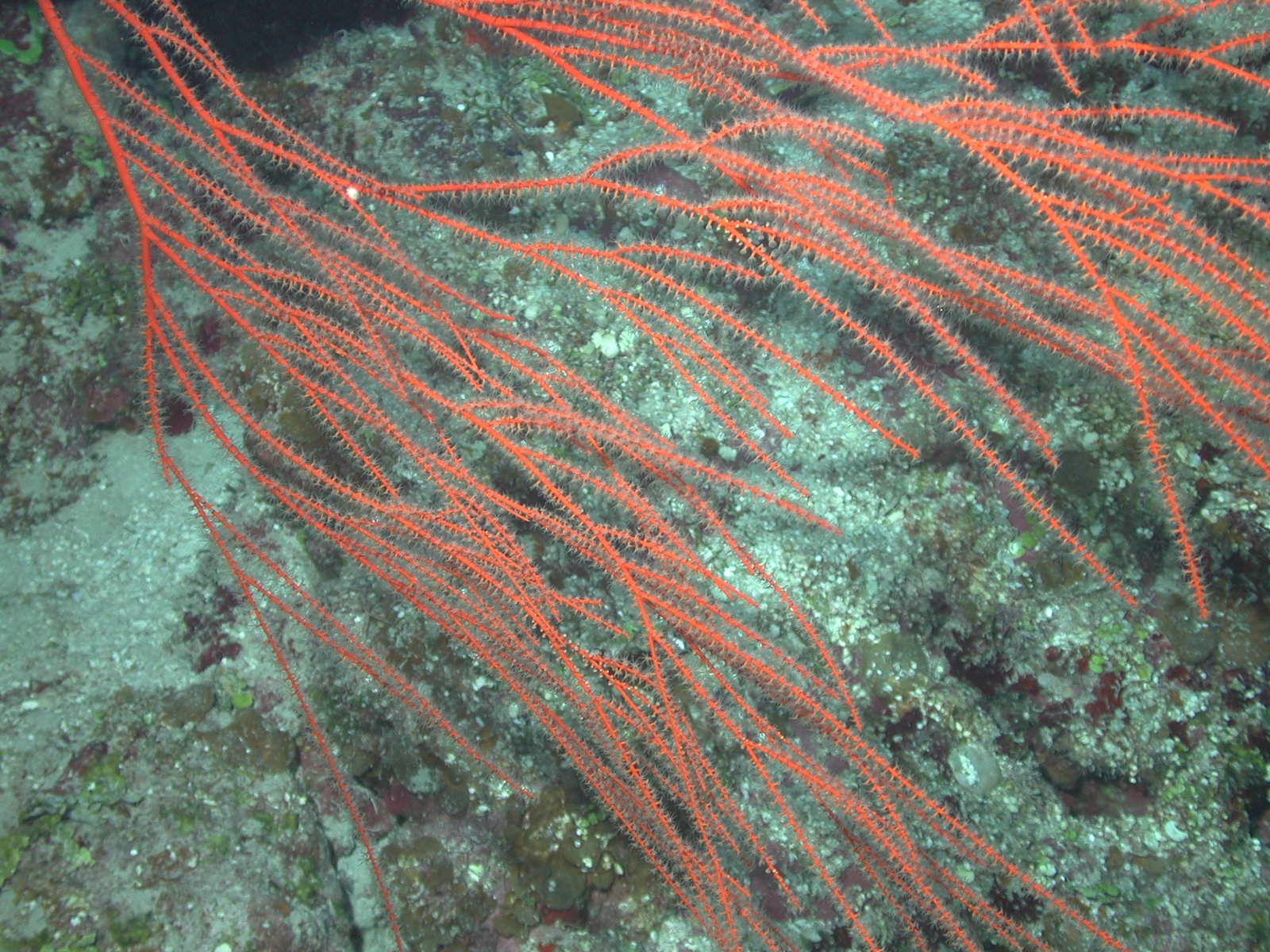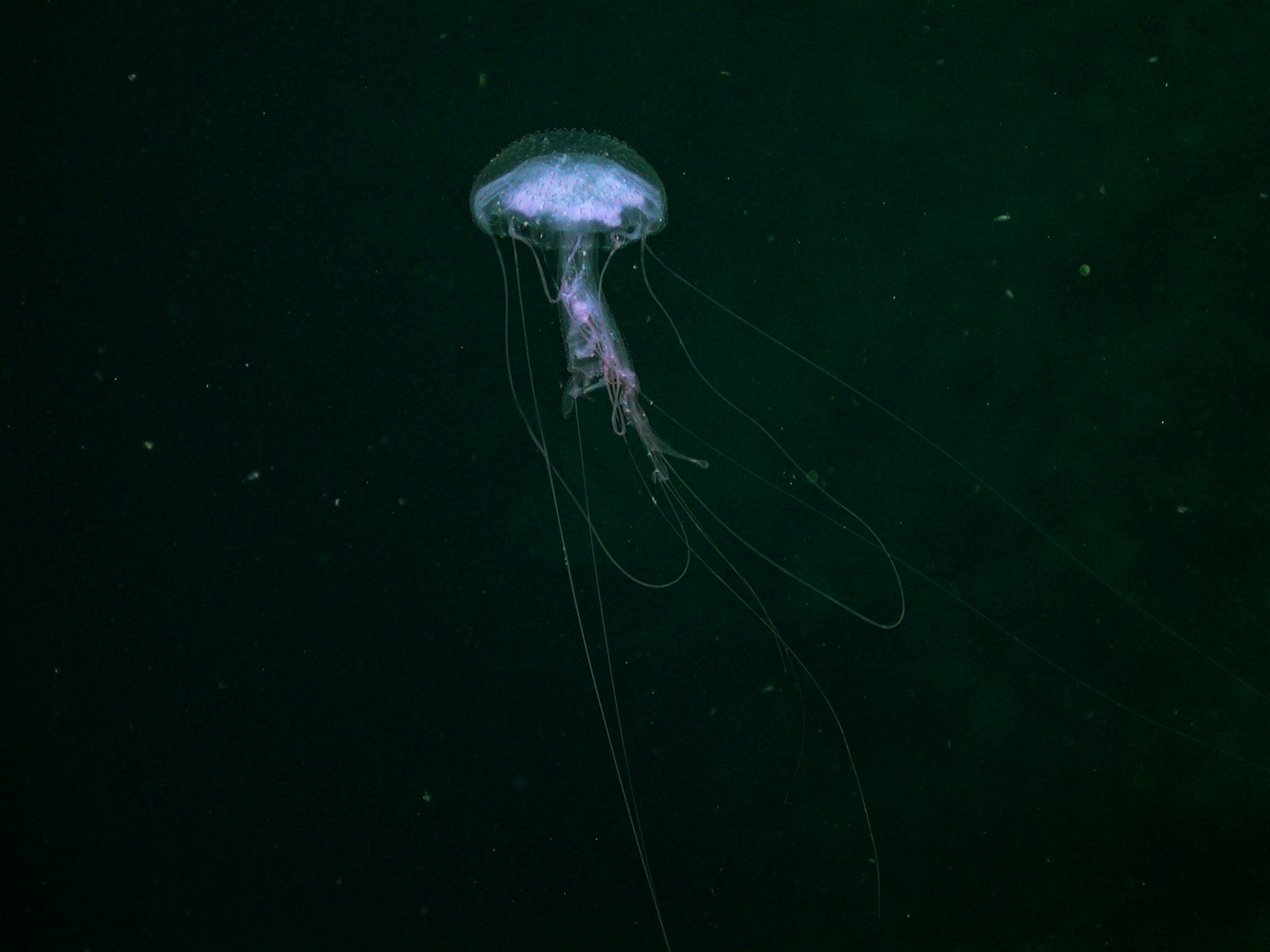Imagine plunging into a world where sunlight barely penetrates, and the darkness is suddenly broken by mysterious flashes of blue, green, and even red light. This is not a scene from a fantasy film, but a nightly spectacle happening deep beneath the ocean’s surface. In the ocean twilight zone, bioluminescent creatures paint glowing highways through the water, lighting up the abyss with a beauty and strangeness that can leave even the most seasoned scientist in awe. These glowing pathways are more than just a breathtaking phenomenon—they are the lifelines and communication networks for a hidden world that remains one of Earth’s greatest mysteries.
What Is the Ocean Twilight Zone?

The ocean twilight zone, often called the mesopelagic zone, lies between 200 and 1,000 meters below the surface. Sunlight grows faint here, creating a dim, perpetual dusk. While not entirely dark, it is a realm where vision is limited, and shadows stretch long and eerie. This region covers a vast area, making it one of the largest habitats on Earth, yet it is rarely seen by human eyes. Temperatures drop and pressure rises dramatically, making survival a challenge. Despite these harsh conditions, life flourishes in astonishing forms, adapted to the unique needs of this shadowy world.
The Science Behind Bioluminescence
Bioluminescence is the ability of living organisms to produce their own light through chemical reactions inside their bodies. A molecule called luciferin reacts with oxygen, catalyzed by an enzyme called luciferase, to release photons—tiny packets of light. This natural glow can be blue, green, or even red, depending on the creature. Unlike light bulbs, bioluminescent light produces almost no heat, making it perfectly suited for cold, deep environments. Scientists still marvel at the efficiency and complexity of these light-producing systems, which have evolved independently in many species.
Who Are the Glowing Inhabitants?
The twilight zone is home to a dizzying variety of bioluminescent life. Lanternfish, with their tiny lantern-like organs, are perhaps the most famous residents, creating sparkling rivers of light as they migrate each night. Other stars include comb jellies that ripple with rainbow colors, squid that shoot jets of glowing ink, and deep-sea shrimp capable of lighting up their entire bodies in an instant. Even some sharks in these depths have light-producing cells along their bellies to help them blend in with the faint light from above, an ingenious camouflage.
The Purpose of the Glow: Survival in the Shadows
In the twilight zone, light is a double-edged sword. For many creatures, bioluminescence is a survival tool. Some use it like a flashlight to spot prey or attract a meal, while others flash fiercely to startle or confuse predators. Certain fish produce light on their undersides to erase their own shadows, a trick called counter-illumination, making them almost invisible from below. Ingenious predators, like the anglerfish, dangle glowing lures to tempt smaller fish close enough to swallow. These glowing tricks are a matter of life and death in the deep.
Nature’s Communication Network
Bioluminescence is also a way for creatures to talk to each other. Some species send out rhythmic flashes to find a mate, almost like a secret Morse code in the dark. Others coordinate group movements, lighting up together to warn of danger or to move as a swarm, confusing predators with their synchronized glow. For some, these signals are so specific that only members of their species can understand the message, keeping their communications private in a crowded sea.
The Dazzling Nightly Migration

Every night, billions of bioluminescent animals make one of the planet’s largest migrations. As darkness falls, they rise from the twilight zone toward the surface in search of food, creating living rivers of light. This mass movement, known as diel vertical migration, not only dazzles with its beauty but also plays a crucial role in shuttling nutrients and carbon between ocean layers. For scientists, it’s like watching the stars come alive underwater, a moving constellation that shapes the health of the ocean.
Bioluminescence and the Global Ecosystem
The glowing highways of the twilight zone are more than a visual spectacle—they are vital to the ocean’s health. When creatures migrate up and down, they help move carbon from the surface to deeper waters, a process that helps regulate the Earth’s climate. The sheer number of animals involved means these nightly journeys have an enormous impact on nutrient cycling and food webs. Without these glowing travelers, the ocean’s balance would be thrown off, affecting everything from tiny plankton to the largest whales.
Human Encounters with the Glowing Deep
For centuries, sailors and explorers have told tales of glowing seas and mysterious lights in the water. With the help of submarines, deep-sea cameras, and remote-operated vehicles, scientists today can finally witness these marvels firsthand. The first sightings often leave researchers speechless—imagine a cloud of flashing shrimp or a jellyfish swirling with blue-green fire. These encounters inspire awe and remind us of how little we truly know about our own planet.
Challenges in Studying the Twilight Zone

Exploring the twilight zone is no easy task. The crushing pressure, frigid temperatures, and perpetual darkness make it one of the most challenging places to study. Traditional nets often miss the most delicate or elusive creatures, while strong lights can startle or harm those adapted to darkness. New technology, like low-light cameras and gentle submersibles, is helping researchers unlock the secrets of these glowing worlds. Each expedition uncovers strange new species and behaviors, proving there is still much to discover.
The Future of Bioluminescent Research
Scientists are now looking at bioluminescence not just as a marvel of nature, but as a source of inspiration for technology, medicine, and even art. From glowing proteins used in medical imaging to new ways of lighting up cities, the lessons learned from the twilight zone are sparking innovation. Conservation efforts are growing too, as people realize how vital and vulnerable these ecosystems are. Preserving the bioluminescent highways is about more than saving strange creatures—it’s about protecting the intricate web that connects all life on Earth.
A Final Glimpse at the Glowing Abyss
The ocean twilight zone remains one of the last great frontiers on Earth, a realm of beauty, strangeness, and endless discovery. The glowing highways formed by countless bioluminescent creatures are a reminder of how life adapts and thrives even in the most challenging conditions. Next time you look out over a dark sea, imagine the invisible rivers of light flowing beneath. The mysteries of the deep may seem distant, but they are intimately connected to our world in ways we are only beginning to understand.



